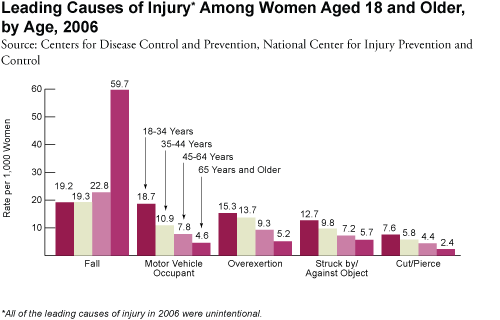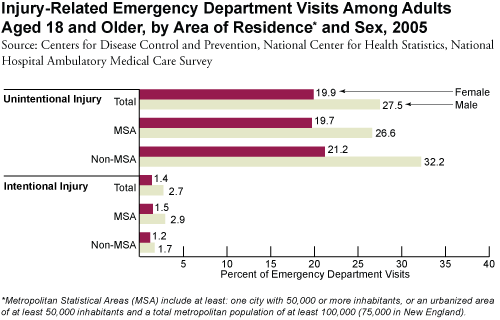
by Kilian Melloy
Monday Nov 30, 2009
A long-running custody dispute has culminated in a Vermont judge ordering the former partner of a child’s biological mother to assume custody of the child. The anti-gay Christian press says that the seven-year-old child, Isabella, is a "stranger" to her new custodial parent, Janet Jenkins, and that Isabella had "violent reactions" whenever she was in Jenkins’ care due to her "lesbian lifestyle." But according to lawyer and family court expert Kurt Hughes of Burlington, Vermont, the outcome is typical of certain custodial cases in which one parent repeatedly refuses to abide by a court-ordered custody arrangement.
"Even though it’s hit the headlines because this happens to be a same-sex couple, this is a very basic family law that we’re talking about," Hughes told local news station WCAX, which reported on the case in a Nov. 23 article.
"There’s something called parental alienation syndrome, in which one parent is constantly bad mouthing the other parent," Hughes explained. "And so the courts over the years have decided that the potential long term psychological impact to a child from that type of behavior is much greater than the temporary disruption that would result from a child changing households from one parent to the other." The biological mother, Lisa Miller, has been ordered to relinquish custody of daughter Isabella to Jenkins by the start of the new year. Miller will retain visitation rights. If she does not comply, she may end up in prison.
Vermont Family Court Judge William Cohen ruled that the change of custody was necessary because the dispute had the capacity to harm the child more than a change of custody would. Wrote Judge Cohen, "Ms. Miller’s interference with the relationship between (the child) and Ms. Jenkins have become so pervasive that it now outweighs the potential harm that could occur to the child by a chance of custody."
But to Christian pundits, the case represents a precedent in which the state takes a child from her biological mother in favor of a non-biological former same-sex partner.
Miller’s lawyer, Mat Staver, is also the founder of the right wing--and anti-gay--Liberty Counsel, which has ties to Jerry Falwell’s religious organization. Staver was one of two sources quoted in a Nov. 25 article posted at CitizenLink.com, a Focus on the Family-affiliated Web publication. The other source quoted in the article was a professor at the right-wing Christian Liberty University School of Law.
Said Staver, "This judge in Vermont ultimately ruled that he is going to switch custody from Lisa Miller, and take her own biological daughter Isabella and move her from Virginia and put her into an activist lesbian household up in Vermont with a person she really doesn’t know, who’s not her biological mother, and frankly who’s not acted as a parent."
Staver claimed that Isabella responded negatively to Jenkins’ so-called "lesbian lifestyle," saying, "Every time that the visitation actually occurred, Isabella had violent reactions, because Janet exposed her to the lesbian lifestyle." Staver claimed that Jenkins "tried to convince her that she has two moms and even tried to scare her by saying that she was going to be taken from Lisa and transferred to Vermont."
The article painted Miller’s refusal; to comply with the court-ordered custodial arrangement due to the "violent reactions" that Isabella allegedly exhibited to spending with Jenkins. However Jenkins painted a much different picture, saying, "[M]y daughter completely knows me. We were together ten months ago. I mean, she adores me. She calls me Mama."
The case has raged for six years between the former life partners, who had entered into a civil union together before Miller conceived Isabella via artificial insemination. When their relationship ended, Miller relocated from Vermont to Virginia and became a Baptist.
The custody dispute went all the way to the state supreme court of both states. Vermont’s Supreme Court recognized Jenkins’ parental relationship with Isabella, and the Vermont state Supreme Court found--despite a Virginia law that excludes same-sex families from any legal recognition--that while Miller would receive custody of Isabella, Jenkins would retain visitation rights. It is that arrangement that Judge Cohen’s ruling reversed.
Cohen’s ruling was denounced by Liberty University School of Law professor Rena Lindevaldsen, who told CitizenLink.com, "To have the first reported decision in the country stripping a biological mother of her child, solely because she has refused to give visitation to a legal stranger, is shocking." Added Lindevaldsen, "There’s a lot of talk nowadays about drawing that line in the sand and understanding that government can’t order certain things. When you’re ordering a child to be stripped from her biological mother, you’ve got to wonder, has the court overstepped its bounds?"
Staver cited the case as illustrative of the perils of granting same-sex families full legal recognition, telling Newsweek in a Dec. 6, 2008 article that, "Lisa Miller’s case illustrates two things in regards to same-sex marriages. First, one state cannot adopt same-sex unions without affecting the sister states. It’s simply impossible. Secondly, these cases are about real people, and children are particularly caught in the tangled legal web of same-sex marriage, and Isabella is a classic example."
In that same article, however, Jenkins offered a glimpse into what the case has meant for her. "I did not divorce my child, I divorced my partner," she said. "Yet I’ve missed out on my child’s kindergarten graduation. I’ll never get that back. I don’t even get to talk to my daughter on the phone. It’s heinous what has transpired."
Whether children of same-sex couples are more at risk of such legal entanglement than are children of feuding heterosexual former spouses may be a point of debate. When it does happen that dissolving same-sex unions involve children, however, what holds sway is the very same patchwork of legal rights and status that can change the legal standing of a family’s members from one state to the next simply by crossing a border: while Vermont, where the women lived while together and where Jenkins still resides, now offers marriage equality, Virginia, where Miller relocated, specifically denies any legal recognition of same-sex families at all. Attorney Joseph Price, who represents Jenkins, told Newsweek, "You cannot just shop your case around in different states until you get a ruling in your favor. And that’s essentially what Lisa has tried to do."
In that article, Miller, too, opened up, saying that she had a conversion experience while attending a Baptist church and decided to walk away from her lesbian identity. "I do not feel safe leaving my daughter with her," Miller told Newsweek, referring to Jenkins, "and I believe I have a God-given and constitutional right to raise my child as I see fit." Continued Miller, "There is a homosexual agenda at work here, and Isabella is a pawn in their game. It has nothing to do with the law. Isabella was saved at age 4, loves God, and knows what’s right and what’s wrong. We don’t hate Janet, we pray for her soul and salvation."
Kilian Melloy reviews media, conducts interviews, and writes commentary for EDGEBoston, where he also serves as Assistant Arts Editor.
http://www.edgeboston.com/index.php?ch=news&sc=&sc2=&sc3=&id=99531















